The best football stadiums in the world
From England to Argentina, Italy to Iran, these are the best places to watch football on the planet
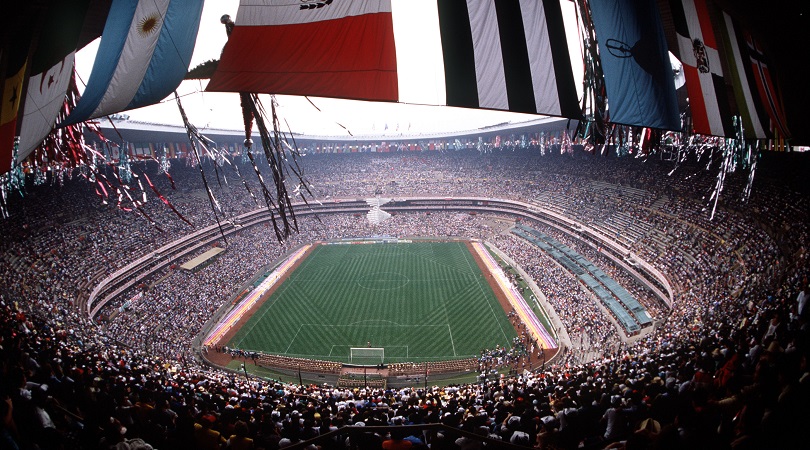
Looking for some additions to your bucket list? Well then you've come to the right place.
We've picked out the best football stadiums in the world, ranking a variety of grounds from all four corners of the planet based on factors such as aesthetics, atmosphere and history.
Fetch your passport, and let the countdown begin...
32. Saitama Stadium 2002
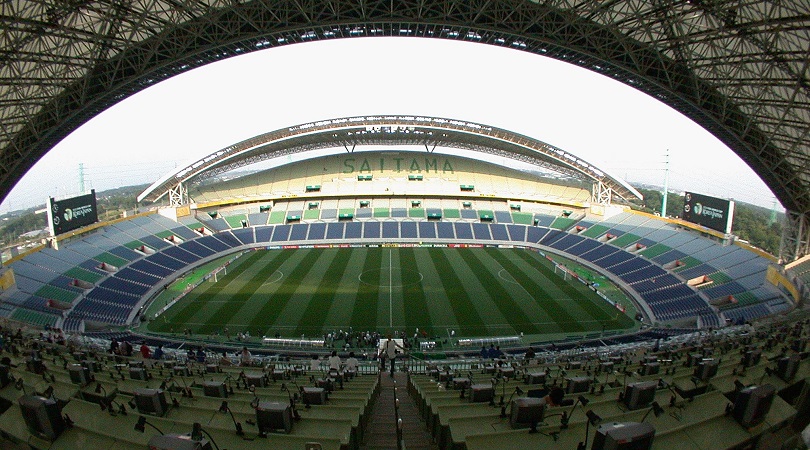
Opened in 2001 ahead of the World Cup the following year, the Saitama Stadium hosted four matches at the tournament.
Now home to Japanese outfit Urawa Red Diamonds, the 63,700-capacity arena creates quite the din when it’s full. It’s no coincidence that Japan play most of their competitive home games here.
31. Olympiastadion
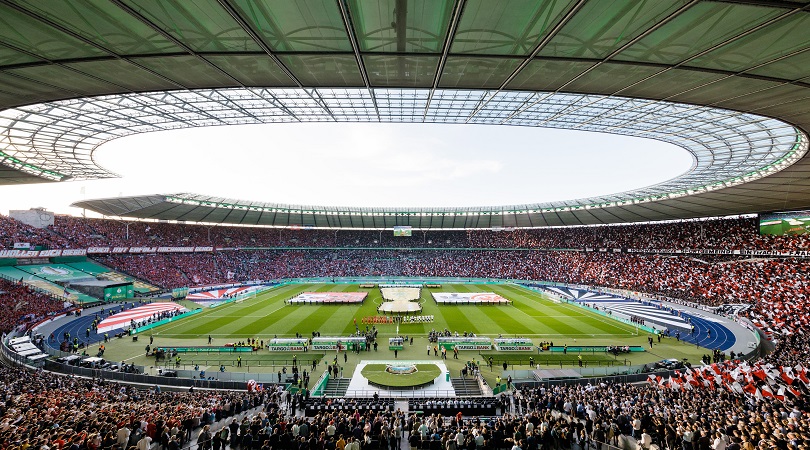
Dating back to 1936, the Olympiastadion has a rich but not always pretty history - swastikas and Nazi salutes abounded when it was used for the Summer Olympics that year.
Now the home ground of Hertha Berlin, it staged the 2006 World Cup final after undergoing a major renovation ahead of the tournament.
Get FourFourTwo Newsletter
The best features, fun and footballing quizzes, straight to your inbox every week.
30. Stadio Luigi Ferraris
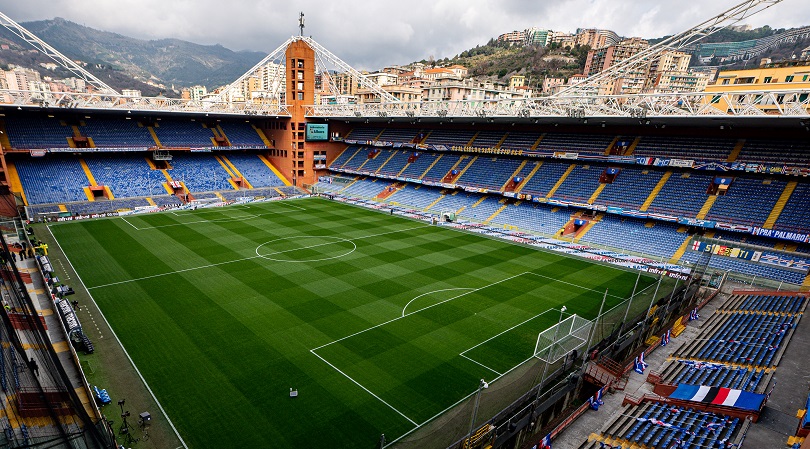
Not the most famous of Italian grounds, perhaps, but the Luigi Ferraris is the oldest still in use for football. Constructed in 1911, it has been Genoa’s home from day one before opening its doors to Sampdoria after World War Two.
It’s often described as an English-style ground, chiefly because of the absence of a running track.
29. Estadio Municipal de Braga
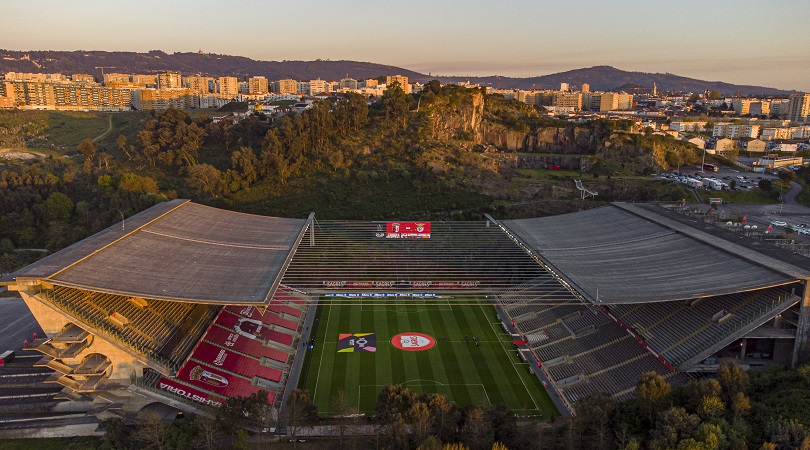
How many stadiums can you name that are carved into a mountain? It’s a distinction claimed by the Estadio Municipal de Braga, the work of an architect named Eduardo Souto de Moura, who won a prestigious award for his daring design.
A unique setting to watch football, it hosted two matches at Euro 2004.
28. Allianz Stadium
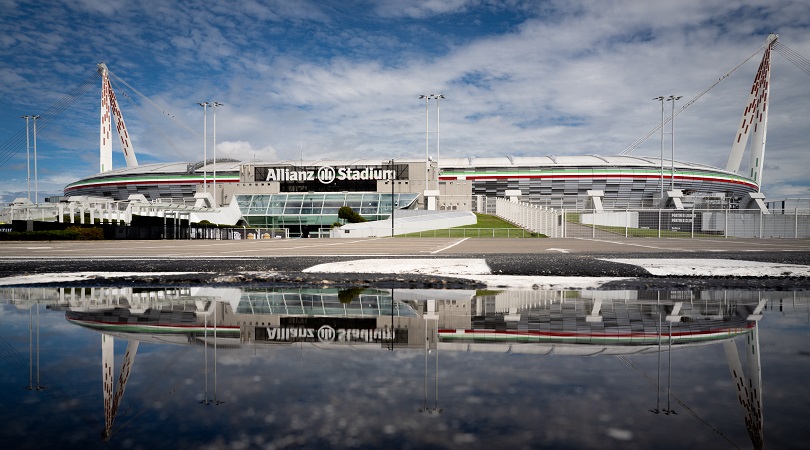
After a miserable time at the unloved Stadio delle Alpi, Juventus moved into their current home - a football-specific ground, unlike the soulless Alpi - in 2011.
The club deliberately chose a relatively low capacity of 41,507 to ensure the atmosphere didn’t get lost in vast stands. The facilities are top notch, which isn’t always the case in Italy.
27. Gelora Bung Karno Stadium
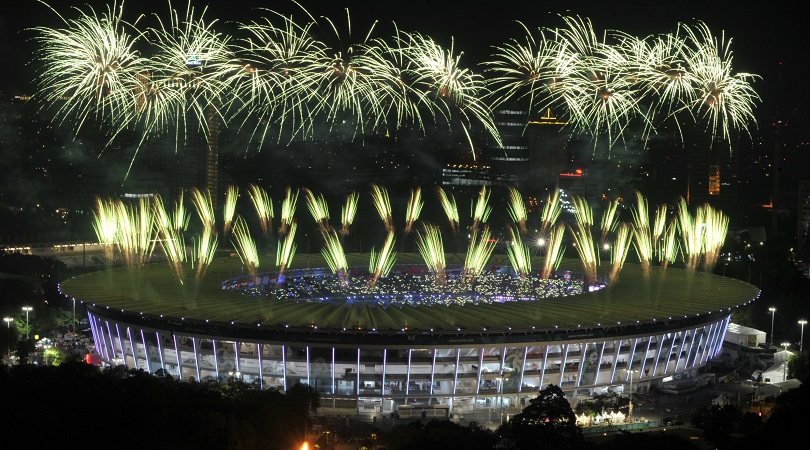
Indonesians have a passion for football that’s virtually unmatched elsewhere in Asia. The impressive Gelora Bung Karno Stadium, which can hold in excess of 77,000 fans, regularly sells out when the national team is playing.
It’s also home to Persija Jakarta, one of the biggest clubs in the country.
26. Sukru Saracoglu Stadium
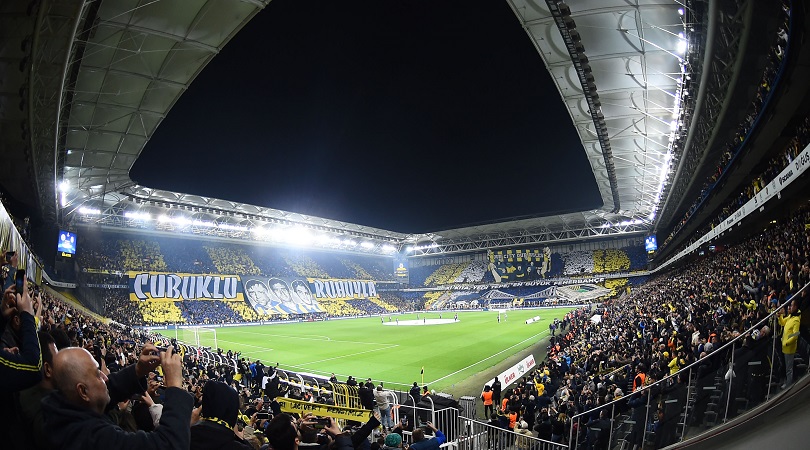
If you’re looking for a red-hot atmosphere no matter the opposition, book yourself a ticket to football-mad Istanbul.
Fenerbahce’s stadium edges out those of Galatasaray and Besiktas because of its longer history. The Sukru Saracoglu, named after a former Turkish prime minister, has been refurbished on several occasions but first opened way back in 1908.
25. Estadio Centenario
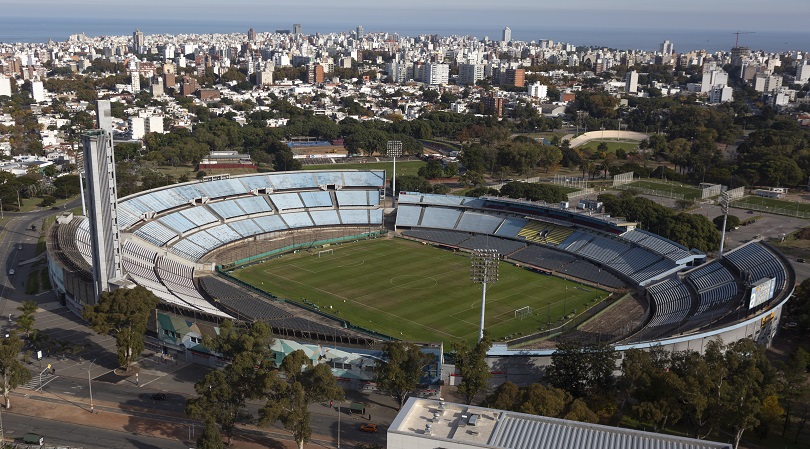
The Estadio Centenario won’t be winning any beauty contests any time soon, but this is one of the most significant grounds in the history of the game.
Almost a century on from its inauguration as the main stadium for the first ever World Cup, it’s still used by the Uruguay national team.
24. Soccer City
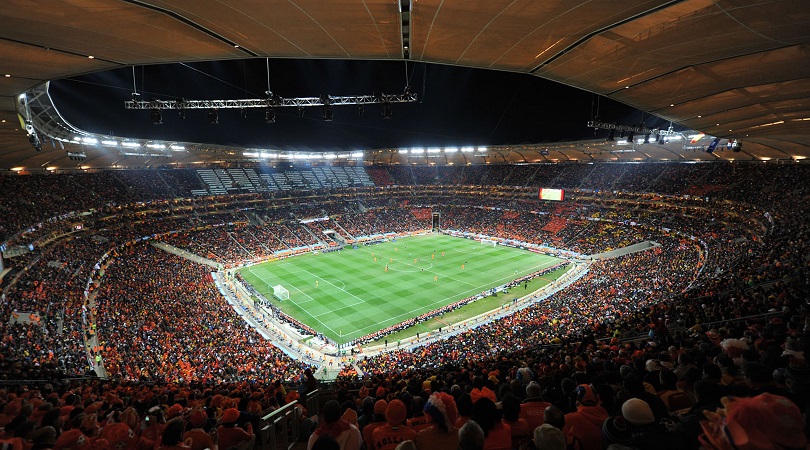
Opened in 1989, Soccer City was renovated and expanded to a capacity of 94,736 in time for the 2010 World Cup in South Africa. It was the venue for the final of that tournament, as well as the famous Uruguay vs Ghana clash in the last eight.
Johannesburg-based Kaizer Chiefs play their home matches here, as do South Africa.
23. Johan Cruyff Arena
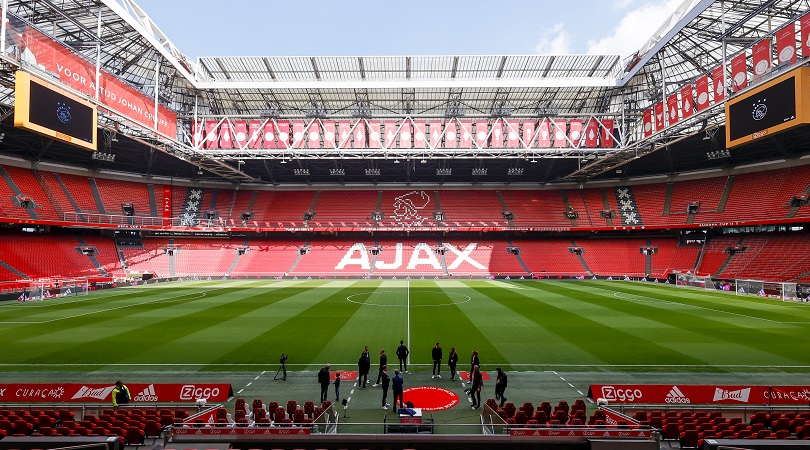
Originally called the Amsterdam Arena, Ajax renamed their home after their greatest ever player in 2018. It’s staged no fewer than nine European Championship games, plus the 1998 Champions League final.
With a capacity just shy of 56,000, the Johan Cruyff Arena is the largest stadium in the Netherlands.
22. Azadi Stadium
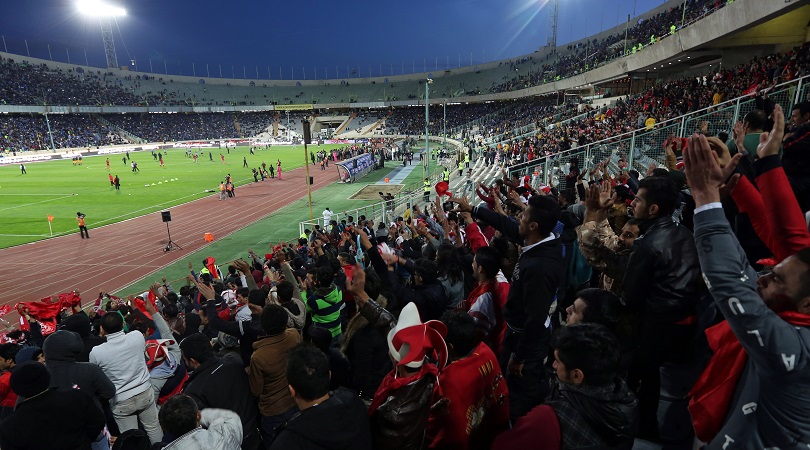
It might have an official capacity of 78,116 these days, but 128,000 people once crammed into the Azadi Stadium to watch a World Cup qualifier between Iran and Australia.
Club sides Esteghlal and Persepolis also call the Azadi home, and an incredible atmosphere is guaranteed for derby games.
21. Estadio da Luz
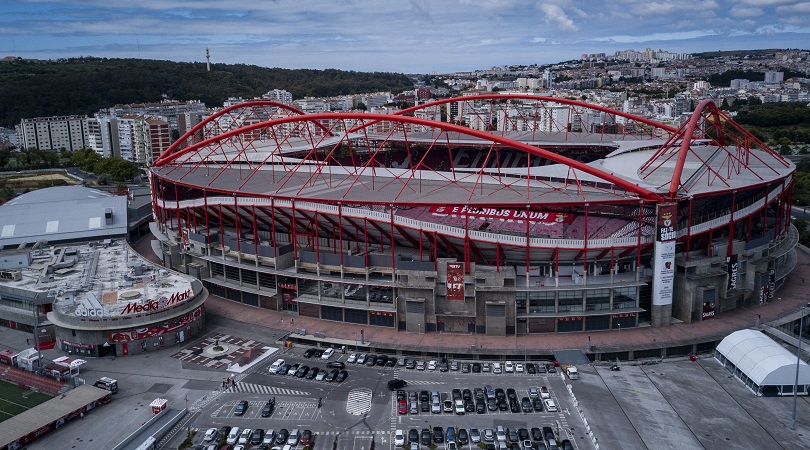
Built to be both a new home for Benfica and the centrepiece of Euro 2004, the Estadio da Luz is a stunning stadium in the outskirts of Lisbon.
Two Champions League finals have been played here since it opened, while the Portugal national team makes regular appearances at the 64,642-capacity arena.
20. Stade de France
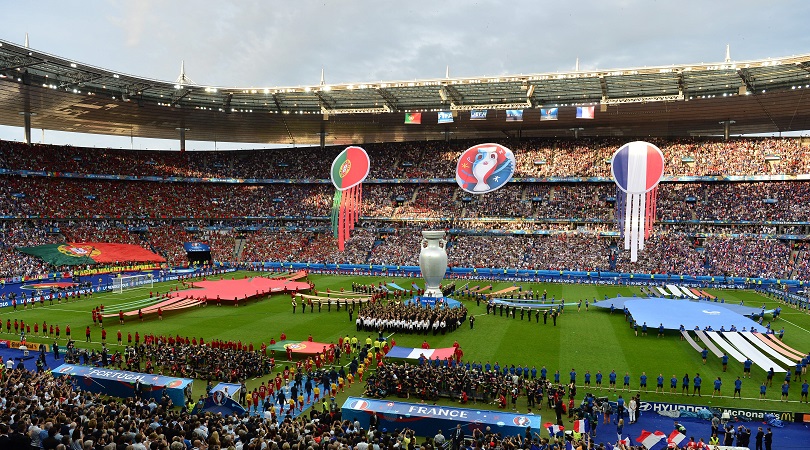
This is the venue where France won their first World Cup in 1998, thanks in large part to Zinedine Zidane’s noggin.
It also hosted the finals of Euro 2016 and the 2020 Champions League, while les Bleus play their home games at this awesome stadium out in the Parisian suburbs.
19. De Kuip
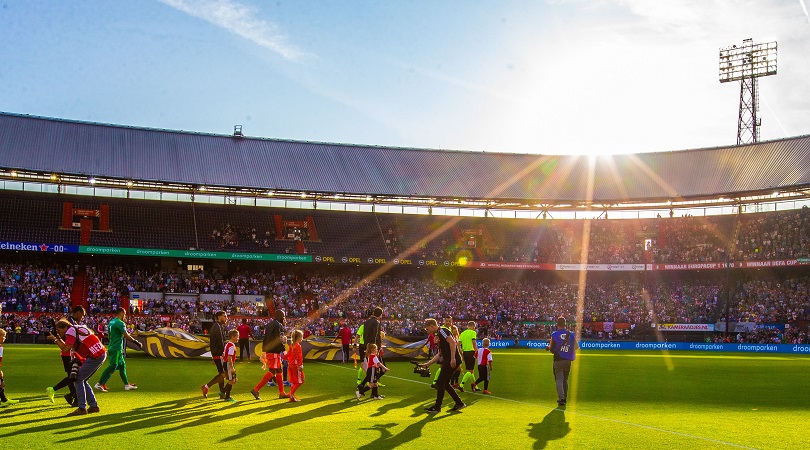
Built in 1938, De Kuip oozes character both outside and in. The architects largely based their design on Highbury, Arsenal’s former home, with additional inspiration taken from the Yankee Stadium.
When Feyenoord are flying, De Kuip generates a remarkable racket. It also hosted the final of Euro 2000, when France beat Italy 2-1.
18. Cairo International Stadium
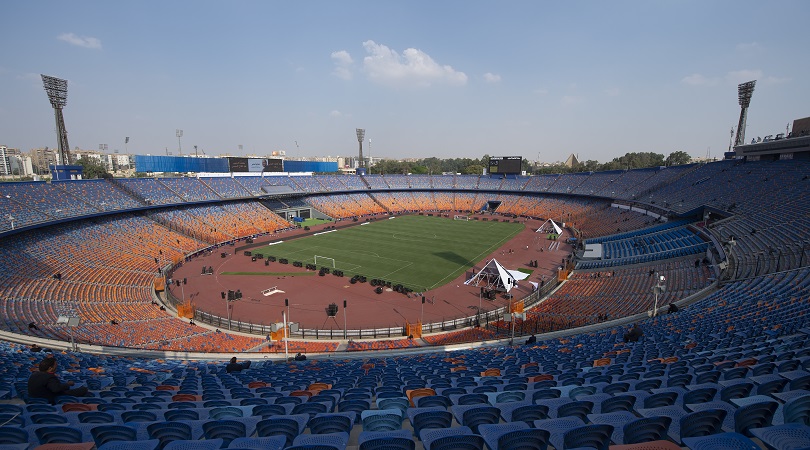
Don’t expect to hear yourself think when a big game’s on at the Cairo International Stadium, one of the best stadiums outside Europe and South America.
This cavernous, open-air ground holds 75,000 and there are seldom many tickets going when Egypt are in town, or when arch-rivals and co-tenants Zamalek and Al Ahly are locking horns.
17. Estadio de Mestalla
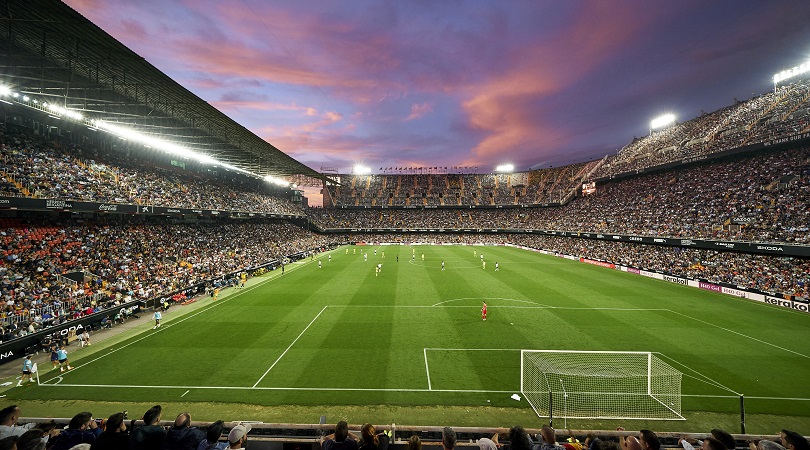
Valencia have been trying to move to a new ground for years, but football purists everywhere are delighted they remain at Mestalla.
With its orange seats and remarkably steep stands (acrophobia sufferers need not attend), this is a stadium like no other. Mestalla hosted three of Spain’s games at the 1982 World Cup.
16. Estadio Metropolitano
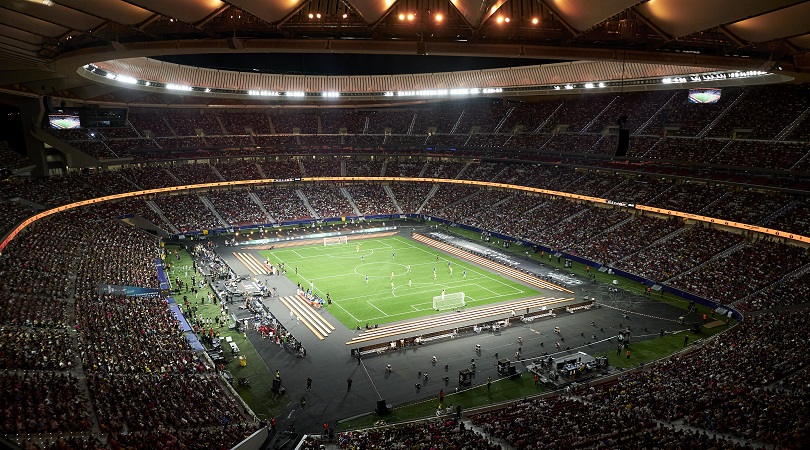
Atletico Madrid left their spiritual home, the Estadio Vicente Calderon, in 2017. There were fears that the Estadio Metropolitano would pale in comparison, but the designers did a magnificent job.
The Metropolitano produces tremendous noise too, not least when the floodlights are on for an evening kick-off. The 2019 Champions League final between Liverpool and Tottenham was played here.
15. Anfield
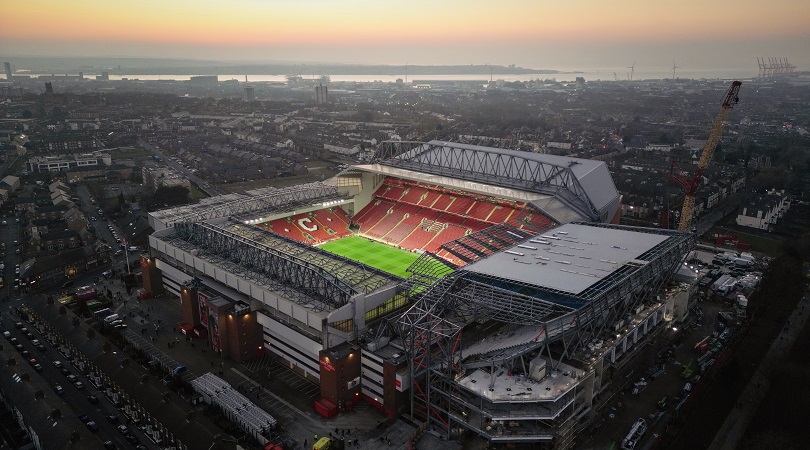
Nestled in between rows and rows of terraced housing, Anfield sits right at the heart of the Liverpool FC community. Originally the home of Everton, the red team from the city moved in in 1892.
Liverpool abandoned plans for a new stadium in the 2000s, as the club instead decided to stay at its spiritual home.
14. Stade Velodrome
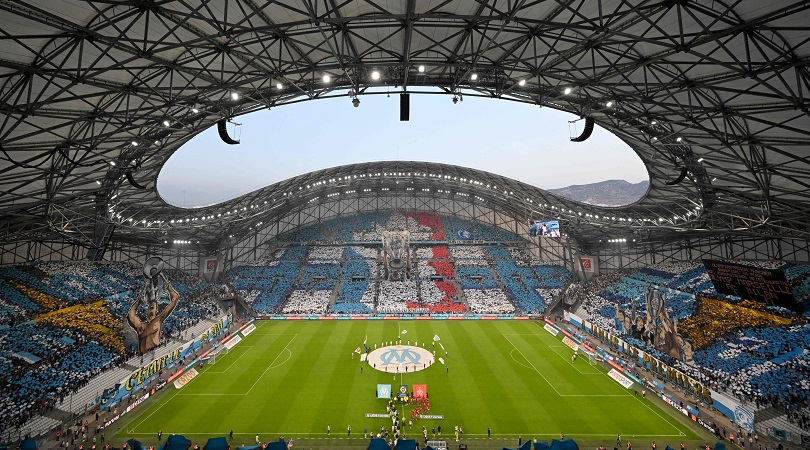
Many modern arenas are criticised for a lack of atmosphere and identikit design. Neither charge can be levelled at the gorgeous Stade Velodrome.
Marseille have played here since 1937, but the ground took on its current look - including the extraordinary, elliptical roof - only after a massive renovation before Euro 2016.
13. Celtic Park
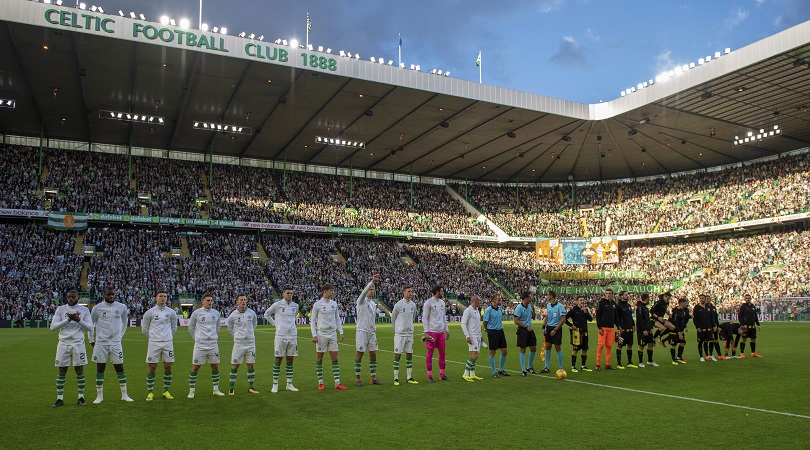
Celtic are not the force they once were on the European stage, but no Champions League or Europa League visitor relishes a trip here.
Dating back to 1892 but modernised several times since, Celtic Park - or Paradise, as the club’s fans call it - is the ideal blend of old and new.
12. Wembley Stadium
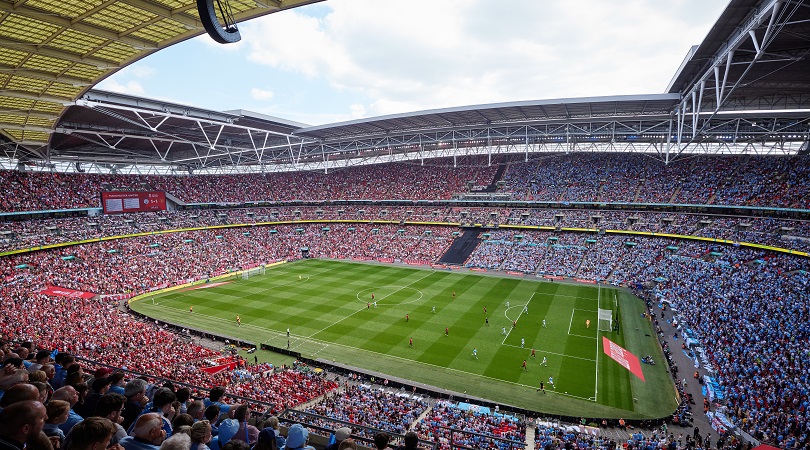
Wembley cops its fair share of flak, but the 90,000-capacity stadium in north London has a lot going for it. The name alone is recognisable in every corner of the globe.
The arch gives it a distinctive look, just as the twin towers did at the old ground on this site.
11. Allianz Arena
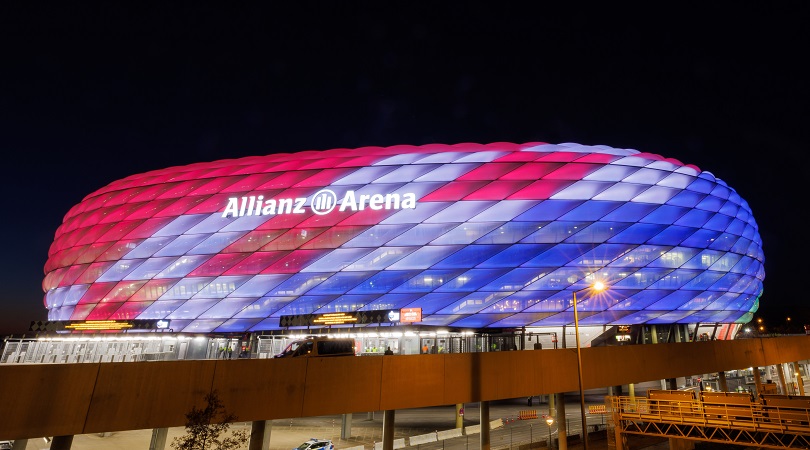
It may look like a giant spaceship from the outside, but the Allianz Arena is a terrific place to watch football.
Such a bold and innovative design would count for less if Bayern Munich’s home ground didn’t also produce an electric atmosphere. Thankfully it does, especially on big European nights.
10. Ibrox
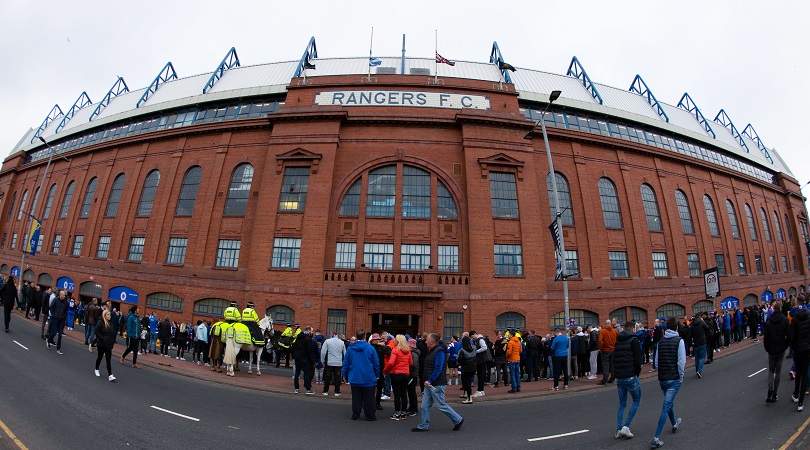
Architect Archibald Leitch had a hand in numerous football stadiums in Britain, but Ibrox was probably the Glaswegian’s finest work.
With its red-brick facade the main stand (a listed building, no less) is strikingly grand, while the atmosphere is ferocious - particularly for Old Firm games. Rangers have played here since 1899.
9. Tottenham Hotspur Stadium
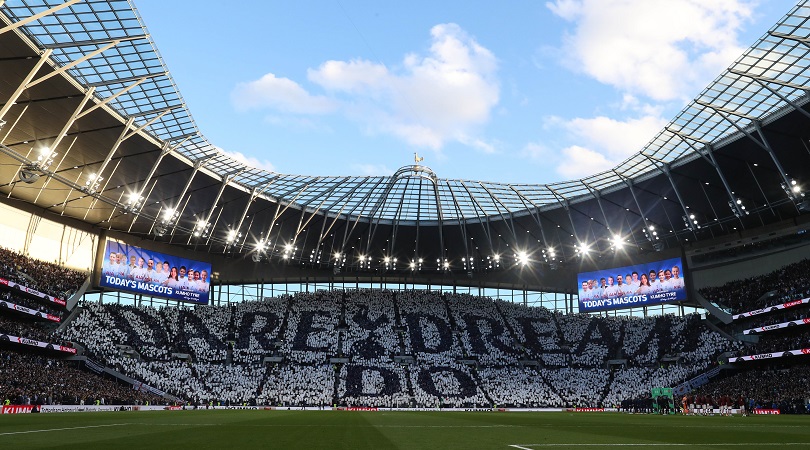
The Tottenham Hotspur Stadium sits on the site of the old White Hart Lane, which means it’s still the hub of the local community.
The acoustics and all-round fan experience are excellent, while the towering South Stand, which seats 17,500 fans, is a sight to behold. The ground cost £1 billion but was worth every penny.
8. Estadio Azteca
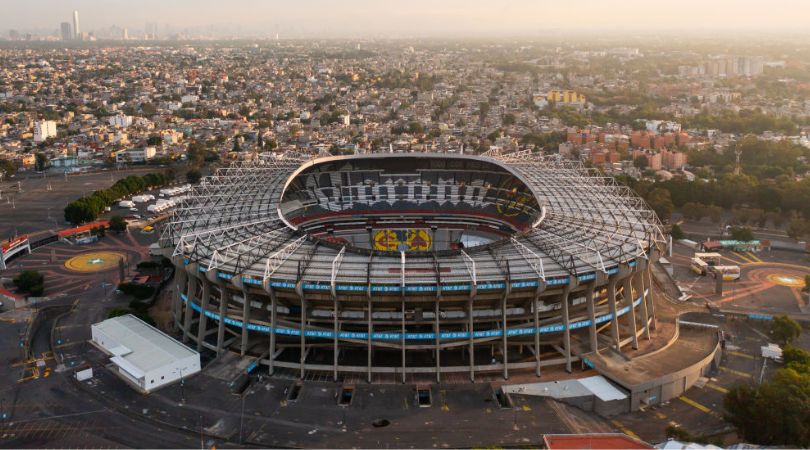
The Estadio Azteca was the first ground to host two World Cup finals, in 1970 and 1986. Those who watched either tournament couldn’t help but be dazzled by the colour and exoticism of this splendid arena.
Home to Cruz Azul, Club America and the Mexico national team, the Azteca has a capacity of 87,523.
7. Estadio Monumental
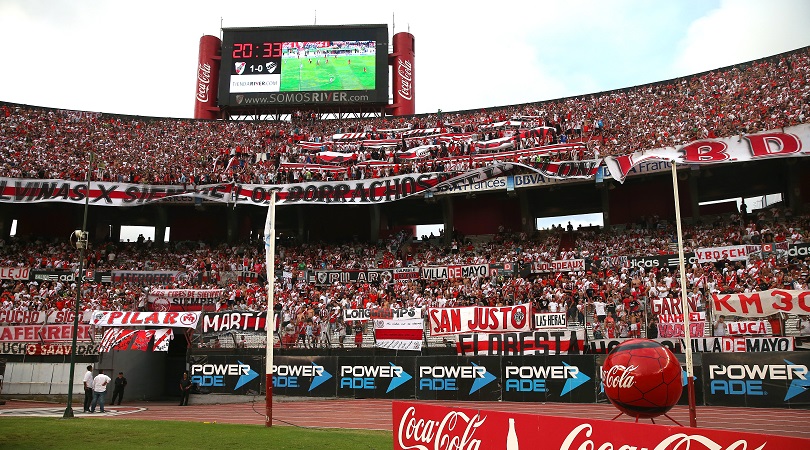
River Plate have played at the glorious Estadio Monumental since 1938. It was originally the shape of a horseshoe but all four stands are connected these days, to the benefit of the atmosphere.
Argentina won the 1978 World Cup at the Monumental, where the national team continues to play many of its matches.
6. Camp Nou
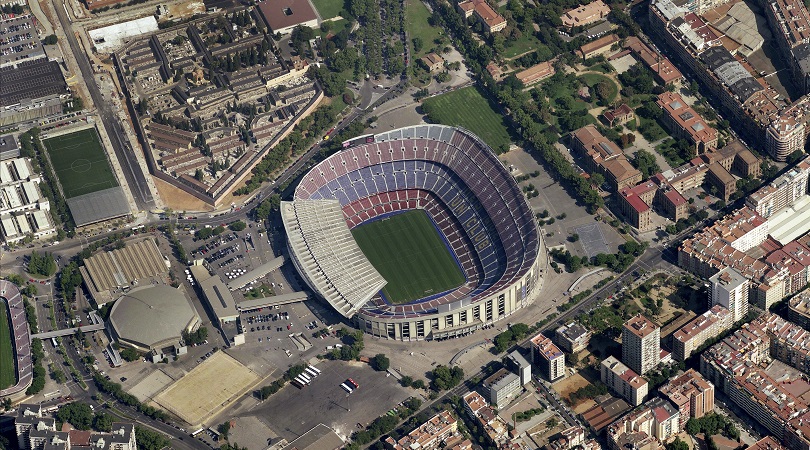
The largest stadium in Europe, no ground-hopping aficionado’s work is complete until they have visited the Camp Nou.
Barcelona have played here since 1957, while five games at the 1982 World Cup took place at this cathedral of football. Inspired by Feyenoord’s De Kuip, the Camp Nou deliberately has no open corners.
5. San Siro
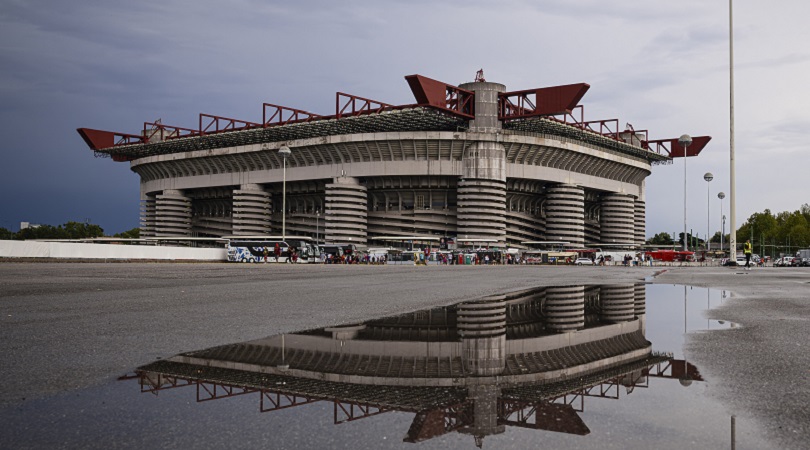
The San Siro sets the pulse racing as soon as you exit the nearby metro station. The imposing concrete towers and spiral staircases are unique, but nothing can prepare you for the noise and colour inside.
Both AC Milan and Inter have tried to move out over the years, but the San Siro is mercifully still standing.
4. La Bombonera
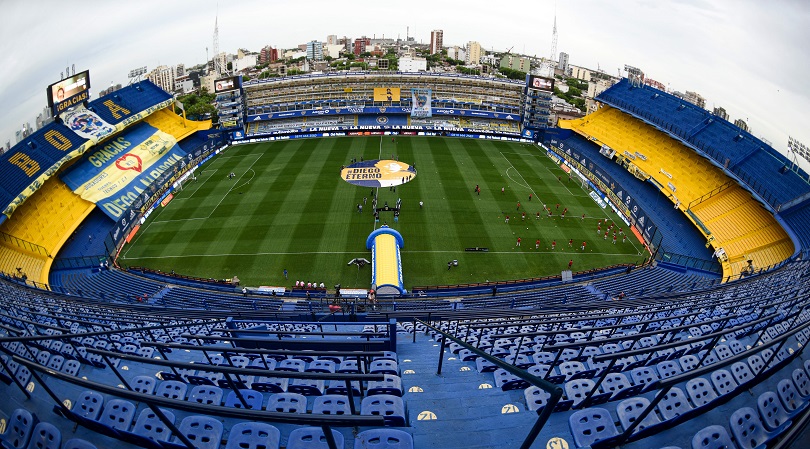
Its official name might be the Estadio Alberto José Armando, but everyone knows Boca Juniors’ home as La Bombonera - the ‘chocolate box’, because of its distinctive D-shape.
There’s something alluring about the blue and yellow all around the ground, while the atmosphere is undoubtedly among the best on the planet.
3. Signal Iduna Park
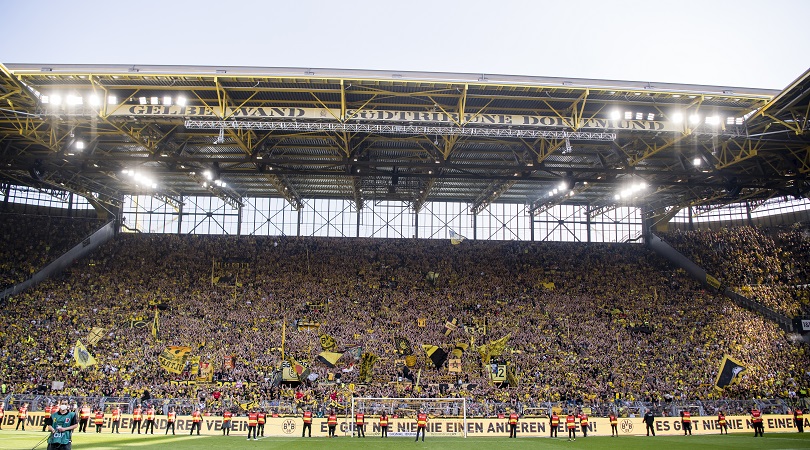
Borussia Dortmund’s Signal Iduna Park, or Westfalenstadion, houses one of the most fantastic sights (and sounds) in world football.
The Yellow Wall is the nickname for those fans who stand on the 24,454-capacity South Bank and help to create one of the best atmospheres you’ll find anywhere in sport.
2. Maracana
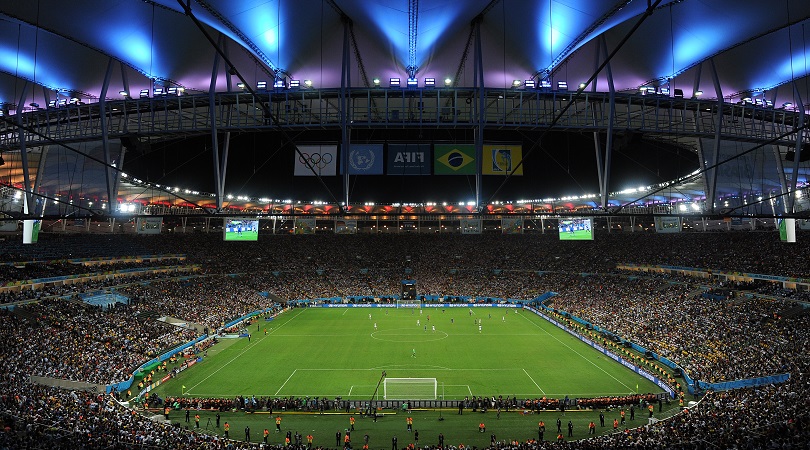
There’s no more evocative stadium in the world than the Maracana, even if the Estadio Jornalista Mario Filho in Rio de Janeiro isn’t actually called that.
Pele, Garrincha, Zico, Romario, Ronaldo and Ronaldinho have all strutted their stuff at a ground which has hosted two World Cup finals and countless other big games.
1. Estadio Santiago Bernabeu
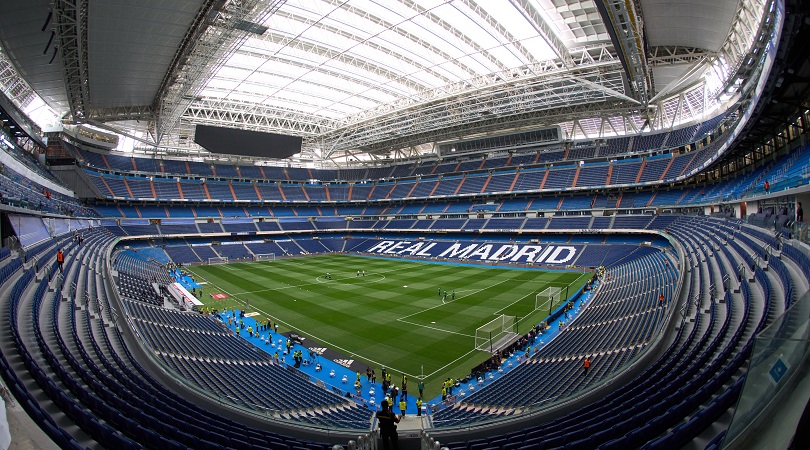
The biggest club in the world needs a stadium befitting that status - and Real Madrid have certainly got it.
The Estadio Santiago Bernabeu packs in 83,168 people, whose noise can barely escape the towering stands and spectacular steel roof. It’s the only ground to have hosted the final of the World Cup, European Championship, Champions League and Copa Libertadores.
Greg Lea is a freelance football journalist who's filled in wherever FourFourTwo needs him since 2014. He became a Crystal Palace fan after watching a 1-0 loss to Port Vale in 1998, and once got on the scoresheet in a primary school game against Wilfried Zaha's Whitehorse Manor (an own goal in an 8-0 defeat).

